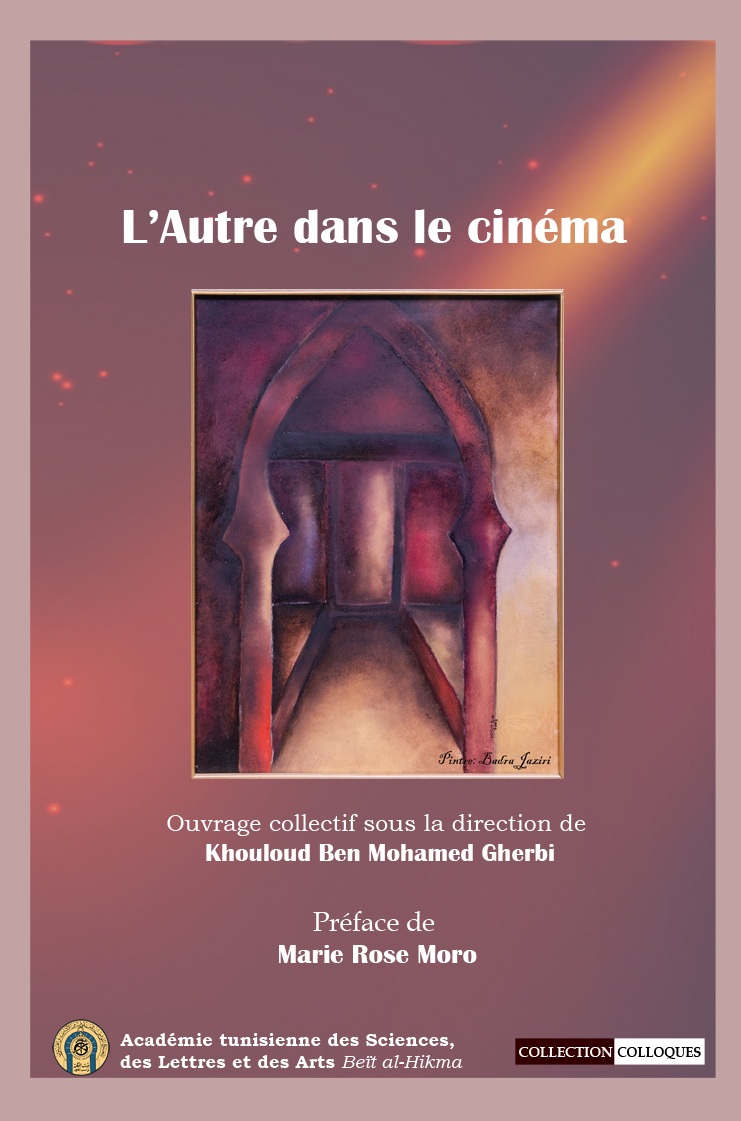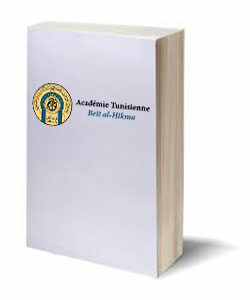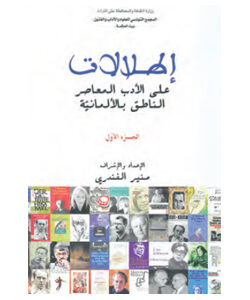A Summary of the book The Other in the Cinema
In their readings of cinematographic works, experts in psychiatry and psychoanalysis are interested in the psychological and emotional motives as fundamental parts in the understanding of the cinematographic text’s structure. As for the sociologist, he grasps the meaning of the cinematographic message as being a hint concisely expressing what happens in a complex society. Hence, the film, made up of symbols, arouses in the receiver particular interpretations mirroring his cultural experience. The understanding of the semantic process of the movie is also related to the psycho-mental condition given that the receiver is «multiple» in views of his mental, psychological and cultural dimensions. These are the major themes of this work entitled The Other in the Cinema. The reader finds in it different approaches of physicians, sociologists, Tunisian writers, europeans and arabs, mirroring divergent cultural approaches to bring us closer to the Other, who is also endowed with diverse and multiple experiences.
The work includes as well specific cinematographic examples that provide an overview on the Other’s identity which is able, at the same time, to embody « the self and the other ». In this sense, the woman, as a lustful biological being, portrays in some movies several Others; she embodies in others the rebel who is able to give a new drive to the cultural and social fields. Cinema in this book unveils the rich language of both the conscious and the unconscious messages of the Other. We can say that some cinematographic works are the outcome of the unconscious according to Freud’s view.






